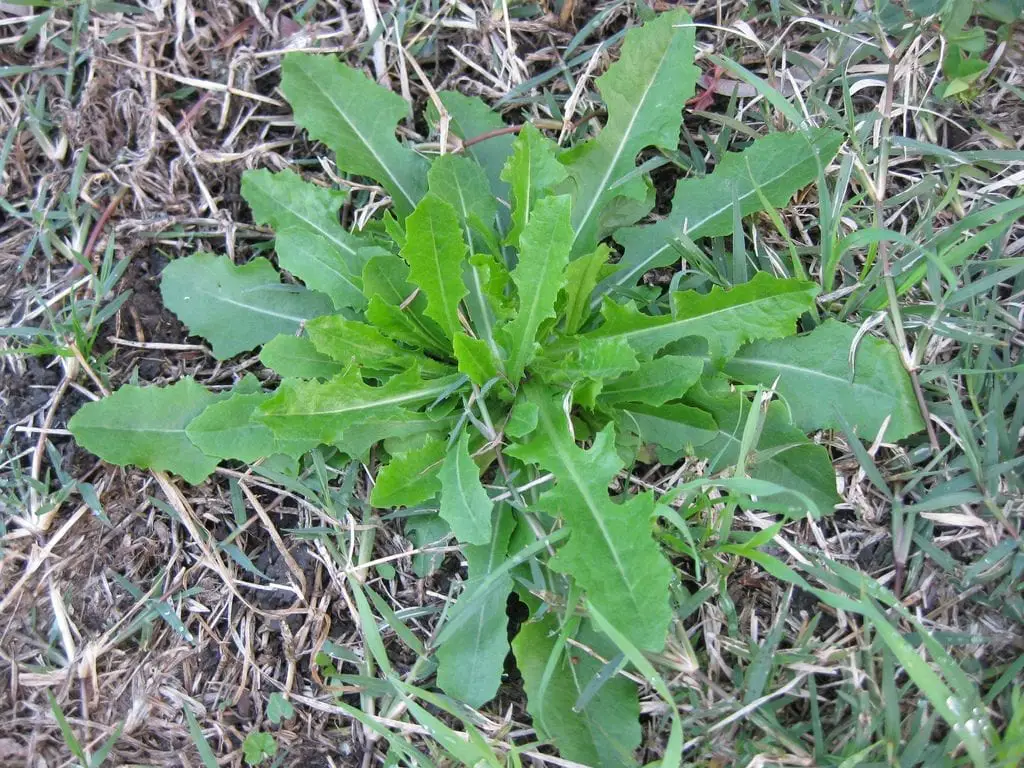

Image – Flickr / Adam Grubb and Annie Raser-Rowland
In the field we can find many plants that, apparently, do not have to have any use but when we start to investigate them they usually surprise us. One of them is the serriola lettucewhich is a very useful herb in cooking and in natural medicine.
So if you want to know more about it, its characteristics and of course all the uses it has, be sure to read.
Origin and characteristics
Our protagonist is an annual or biennial herb whose scientific name is serriola lettuceAlthough it is popularly known as chicory, prickly lettuce, broom, cow’s tongue or bird’s foot. It is native to the Mediterranean region, but has been introduced throughout the world. We can find it on the roads and paths, dry banks, dunes and in the openings.
It grows to a height between 5 and 20cmand forms rosettes of rigid and spiny leaves, the lower ones being ovate-oblong and the upper ones less lobed. The flowers appear grouped in pale yellow chapters 1 to 1,5 cm in diameter, and the fruit is an achene. It blooms during the summer season.
What uses does it have?


Image – Wikimedia / Matt Lavin
The serriola lettuce it has culinary and medicinal uses.
Culinary
The leaves are eaten in saladsalthough you should know that they have a bitter taste. The youngest can be eaten raw or cooked.
Medicinal
Without a doubt, it is the most widespread use. In Ancient Greece to this day with its juice eye ulcers were treatedcases in which the person could not urinate normally and to relax sexual desire.
What did you think of this herb? Surely now you will see it with different eyes, right? And it is that we must not be guided by appearances because sometimes they deceive us .

